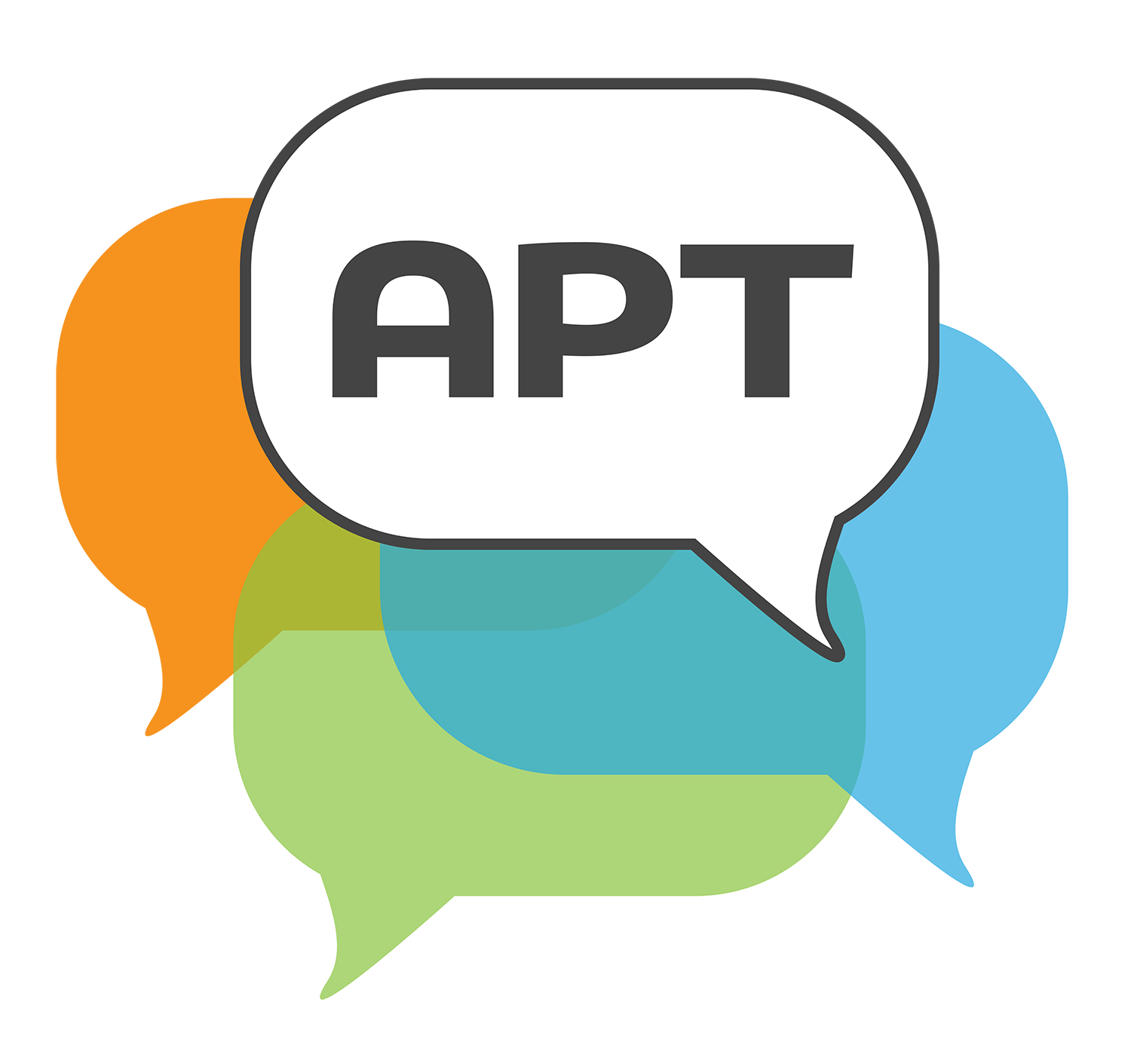Methods for Finding the Volume of an Object
Math • Grade 5
Selected segments with commentary below » Full video viewable here.
This clip picks up further into the lesson on measuring volume. Students have worked in groups to measure a rectangular prism, and the teacher has had them describe their methods, which she wrote on the board. Notice the range of descriptions; one group is using addition, relying on lower-level mathematics. The answer will be correct, but tedious. At the other end of the spectrum, one group used the more abstract and generalizable method: length x width x height. The other two groups use multiplication of the number of units in a side of the rectangular prism by the number of layers, but they choose different sides (15 x 4) and (12 x 5). The teacher now has a perfect learning opportunity! When she asks the group who used addition, they change their explanation to use multiplication.
The grade level mathematics the teacher is after is the generalized form: multiplying length by width by height. But she wants students to get there through their own thinking process. So she asks them if the method of counting one layer and multiplying by the number of layers will work for any rectangular prism. Notice that the teacher is guiding the lesson to get students to the higher-level mathematics through her questions, not by giving them answers. Solving the volume problem for one rectangular prism did not require generalization, and it gave students the opportunity to think concretely about calculating volume. But the new question requires generalization.
After discussing in their groups, the students reveal that they have made the shift to the generalized form that the teacher is after. One group tried it with two prisms to make sure it worked. Another explained: You do the height. And the height is just doing like how many layers. By having students talk in groups and giving numerous students the opportunity to articulate the method for calculating volume, we see that students are confident in their understanding that l x w x h —a calculation they will use often in the future—gives them a measure of volume.


